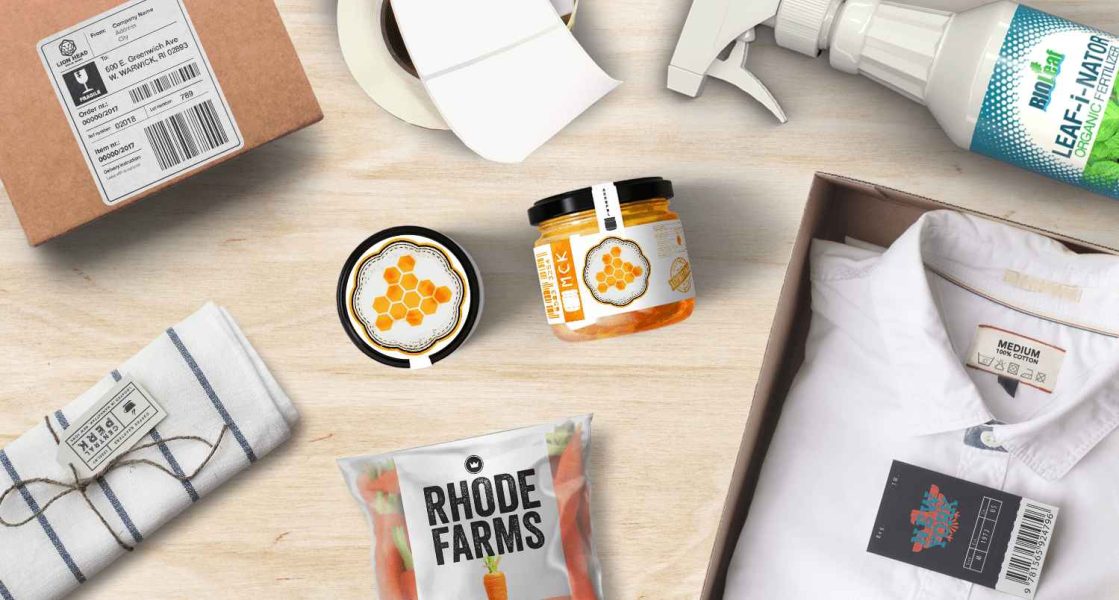The intersection of branding and packaging or labeling in products is a critical area in marketing and consumer perception. This intersection is not merely a matter of practicality but a vital aspect of a brand's identity and its communication with the consumer. Here's an in-depth look at how branding interplays with packaging and labeling:
1. Brand Identity and Packaging Design
- Visual Identity: Packaging is often the first physical interaction a consumer has with a brand. The colors, typography, and overall design of the packaging become synonymous with the brand itself. For instance, the distinct red and white of Coca-Cola or the minimalist design of Apple products are instantly recognizable.
- Consistency Across Products: Consistency in packaging helps reinforce the brand identity across different products. This consistency can be in color schemes, logo placement, or design elements, making the brand instantly recognizable on shelves.
2. Communicating Brand Values through Packaging
- Eco-Friendly Packaging: Brands increasingly use packaging to communicate their commitment to sustainability. Using biodegradable materials or minimal packaging reflects a brand’s dedication to environmental responsibility.
- Cultural Resonance: Packaging that resonates with cultural or local aesthetics can create a deeper connection with the target market, reflecting the brand's understanding and appreciation of its consumers' backgrounds.
3. Innovation in Packaging as Brand Differentiation
- Unique Design Elements: Innovative packaging designs can make a product stand out. For example, a unique bottle shape can become a brand’s signature (like the curvaceous shape of a Coca-Cola bottle).
- Functional Packaging: Brands also differentiate themselves through functional aspects of packaging, like resealable or easy-to-store designs, adding practical value to the brand experience.
4. Labeling and Consumer Education
- Informative Labels: Labels serve as a key tool for brand communication. They provide essential information about the product, usage instructions, and ingredients, which helps in building consumer trust.
- Brand Storytelling: Some brands use packaging and labeling to tell a story or convey a message, which can create an emotional connection with consumers.
5. Legal Compliance and Brand Reputation
- Regulatory Information: Adhering to legal requirements in packaging and labeling is crucial. Non-compliance can lead to penalties and damage the brand’s reputation.
- Transparency: Honest and clear labeling reflects a brand's integrity, fostering consumer trust and loyalty.
6. Technology Integration in Packaging
- QR Codes and Augmented Reality: Some brands integrate technology like QR codes or AR into their packaging, offering an interactive experience and connecting the physical product to digital platforms.
7. Consumer Behavior and Packaging Psychology
- Impulse Buying: Attractive packaging can trigger impulse purchases. Brands invest in research to understand color psychology, visual aesthetics, and design elements that appeal to their target audience.
- Sensory Experience: The texture, weight, and even the sound of packaging (like the 'pop' of a Pringles can) contribute to the overall sensory experience and perception of a brand.
Conclusion
In the modern marketplace, packaging and labeling are not just about containing and identifying a product; they are integral components of branding strategy. They create a tangible connection between the brand and the consumer, influencing perception, loyalty, and purchase decisions. As consumer awareness and technology evolve, the intersection of branding with packaging and labeling will continue to be an area of innovation and strategic importance.



